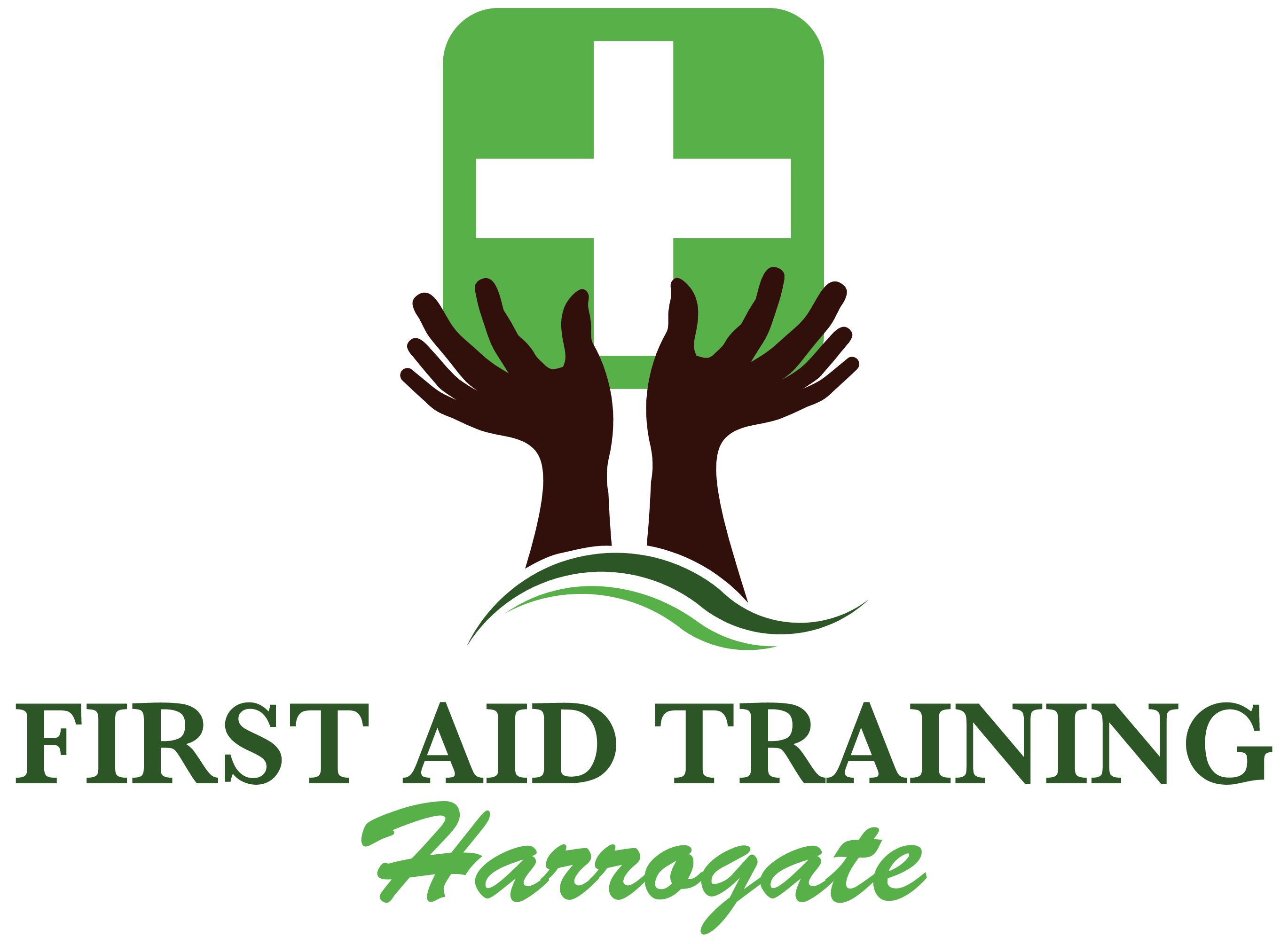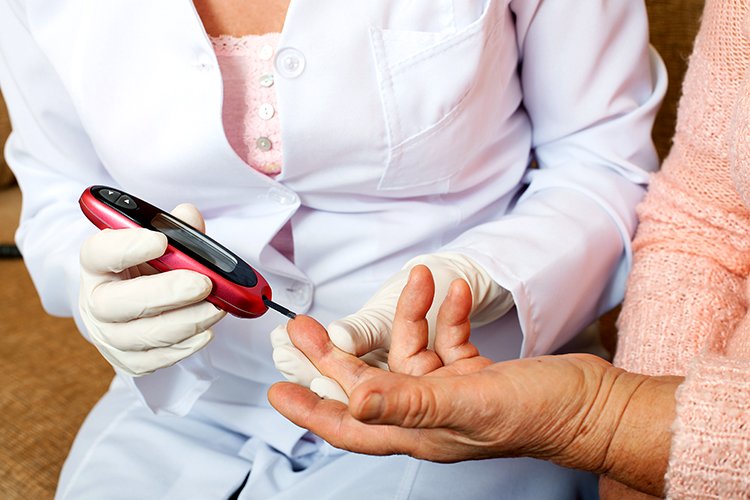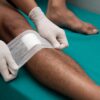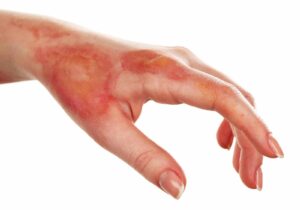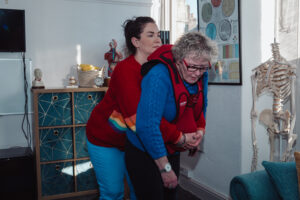People who have diabetes may experience a diabetic emergency. This is where their blood sugar suddenly becomes too high or too low.
Both conditions could be serious and may need treatment in a hospital. In this article, we look at what to look out for in both cases, and what to do from a First Aid point of view.
What is diabetes?
Diabetes is a chronic medical condition when a person’s body cannot produce enough insulin. Insulin is a chemical, which is produced by the pancreas. It regulates the body’s blood sugar (glucose) levels.
When someone has diabetes, their body struggles to maintain a steady blood sugar level that is within a normal range. Their level can either be higher or lower than a normal blood sugar level.
There are two types of diabetes that someone could be diagnosed with:
- Type 1 – known as insulin-dependent diabetes
- Type 2 – non-insulin-dependent diabetes.
Someone with diabetes may carry items with them to show that they have diabetes. Such as:
- They may wear a medical warning bracelet or necklace
- They may carry glucose gel or glucose tablets
- They might carry medication such as an insulin pen, tablets or a glucose testing kit
Hyperglycaemia – Blood sugar that is higher than normal
Hyperglycaemia can occur when someone’s blood sugar levels become higher than normal. It may occur if a person with diabetes has not had the correct dose of medication. Alternatively, they may have eaten too much sugary or starchy food. Or, they may be unwell with an infection.
It can affect people with type 1 or type 2 diabetes or women with gestational diabetes when pregnant.
Symptoms to look out for:
- Warm, dry skin
- Rapid pulse and fast breathing
- Sweet-smelling breath
- Excessive thirst
- Drowsiness, leading them to become unresponsive if not treated (also known as a diabetic coma)
Symptoms of hyperglycaemia in people with diabetes tend to develop slowly over a few days or weeks. Usually a diabetes patient will be able to recognise the symptoms and treat themselves to return to normal.
However, in some cases, there may be no symptoms until the blood sugar level is very high.
If you suspect someone has hyperglycaemia (high blood sugar), they need urgent treatment.
Call 999 or 112 for emergency help and say that you suspect hyperglycaemia.
While you wait for help to arrive, keep checking their breathing, pulse and whether they respond to you when you speak to them. If they become unresponsive at any point, open their airway, check their breathing and prepare to start CPR until help arrives.
Hypoglycaemia – Blood sugar lower than normal
This occurs when a person’s blood sugar level becomes lower than normal. It is commonly caused by an imbalance between the level of insulin and the level of glucose in the person’s blood.
Someone with diabetes may recognise the onset of a hypoglycaemic episode in themselves and might be carrying their own glucose gel or tablets to take.
Symptoms to look out for:
- Sweating with clammy skin
- Feeling week or dizzy
- Confusion or irrational behaviour
- Feeling very hungry
- Rapid pulse/palpitations
- Trembling or shaking
- Deteriorating level of response
A low blood sugar level can sometimes happen while a person is sleeping. This may cause them to wake up with a headache, damp sheets (from sweating) and feeling dizzy or lightheaded.
If you suspect someone has hypoglycaemia (low blood sugar), then firstly help them to sit down comfortably and relax.
If they have their own glucose gel or glucose tablets with them, then help them to take it. If they are not carrying anything, you need to give them something sugary. For example, it could be a small glass of fruit juice or a non-diet fizzy drink. Alternatively, three teaspoons of sugar or three sweets such as jelly babies.
If they seem to improve quickly, then give them more of the sugary food or drink and let them rest. If they have their blood glucose testing kit with them, you can help them use it to check their blood sugar level. Stay with them until they feel completely better.
You do not usually need to get emergency help for Hypoglycaemia, however, if they do not improve quickly, call 999 for emergency help. Keep monitoring their breathing and level of response until help arrives.
How to treat someone who’s having a seizure or fit
Occasionally, a person with hypoglycaemia may have a seizure or a fit caused by their low sugar levels.
It is important that you:
- Stay with them and try to prevent them from hurting themselves during the fit. Try to lie them down on something soft (especially their head) and move them away from anything dangerous, like a road or a hard or sharp surface.
- Call 999 for an ambulance if the seizure or fit lasts more than 5 minutes.
- After the seizure or fit stops, give them a sugary snack.
A person should see their GP or diabetes care team if they keep getting symptoms of a low blood sugar level. They can arrange some simple tests to check if your blood sugar level is low and try to find out what’s causing it.
